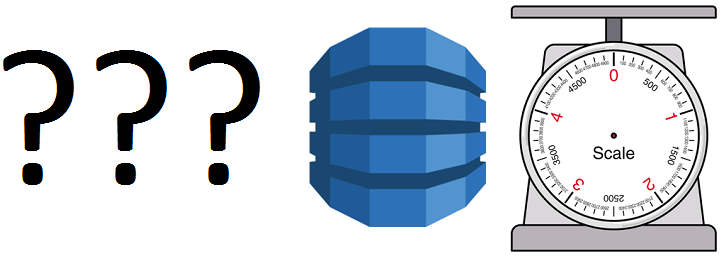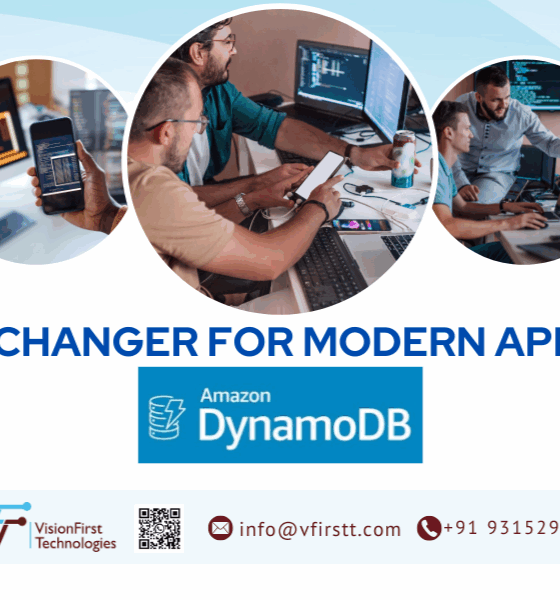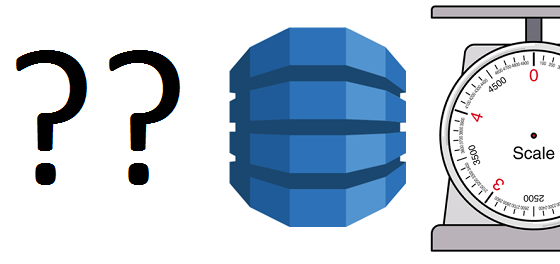When and why DynamoDB

When and why DynamoDB
When
- You are cost conscious. It is serverless so there is no per hour cost. Only storage and access cost (provisioned IOPS is additional or you may go for on-demand).
- ata doesn’t need to be searched by wild keys.
- Complex queries and lot of relations are not required.
- Data access can be represented as straight query from table (select * from my_table)
- You do not need analytics of data from DynamoDB
- Your data is huge and you know most of the access pattern.
- You are not looking to perform ACID compliant transactions (full transaction commit or full rollback). AWS DynamoDB supports transactions, however, we will not recommend that for DynamoDB.
- A record doesn’t need to have a unique id. We should just be able to find a record. Isn’t this interesting?
Why
- It is serverless so you don’t need to think about servers, deployment and upgrade.
- It has milliseconds response time (10+ ms which is true for other DBs as well). It can be made faster with DAX or other caching such as Elasticahe at additional cost.
- It is a multi-tenancy big database. Its design is similar to Cassandra.
- Automatic housekeeping by setting TTL for each record.
- It is an integral part of AWS stack
Considerations
- Partition size has to be less than 10 GB so you should design table such that table partitions increase in number with growth of data and Partitions should not be so sparse that you are not able to use built-in sorting per partition.
- DynamoDB can have 20 Global Secondary Index and 5 Local Secondary Index. This limit is good for most of the applications and even indexes can be made multi-key in one attribute.
- Creating complex indexes or relations may require DynamoDB streams which is additional cost. However, if tables are simple then this may not be required.
About VisionFirst Technologies Pvt. Ltd.
We are a group of researchers and practitioners of cutting edge technology. We are AWS Registered Partner. Our tech stack includes Machine Learning, offline/2G tolerant mobile apps, web applications, IOT and Analytics.
Tags
AWS Backup AWS Best Practices AWS Governance AWS S3 AWS Services Batch Processing BFSI Budget Optimization Cloud Applications Cloud Compliance Cloud Cost Management Cloud Security Cloud Storage Compliance Data Ingestion Data Pipeline Data Protection Data Security Data Synchronization Data Transformation Digital Transformation Disaster Recovery Document Management ETL Jobs Financial Services Governance HR in Startups Human Resources Insurance Local Database Mobile Development Offline Storage Paperless Solutions People Management S3 Cost Optimization SaaS Security Best Practices Semi-Structured Data Startup Culture Storage Lifecycle Policies Structured Data Talent Retention Team Building Workflow Automation Workplace Policies
Related Blogs
visionfirst0 Comments
What is BI (Business Intelligence)?
Business intelligence or BI consists of technologies and strategies used by companies for business information management
VFT Team
How DynamoDB is Redefining Modern Application Design
First published on Dec 30, 2024 in Linkedin. Your app goes viral overnight, and millions
visionfirst0 Comments
When and why DynamoDB
When You are cost conscious. It is serverless so there is no per hour cost.








